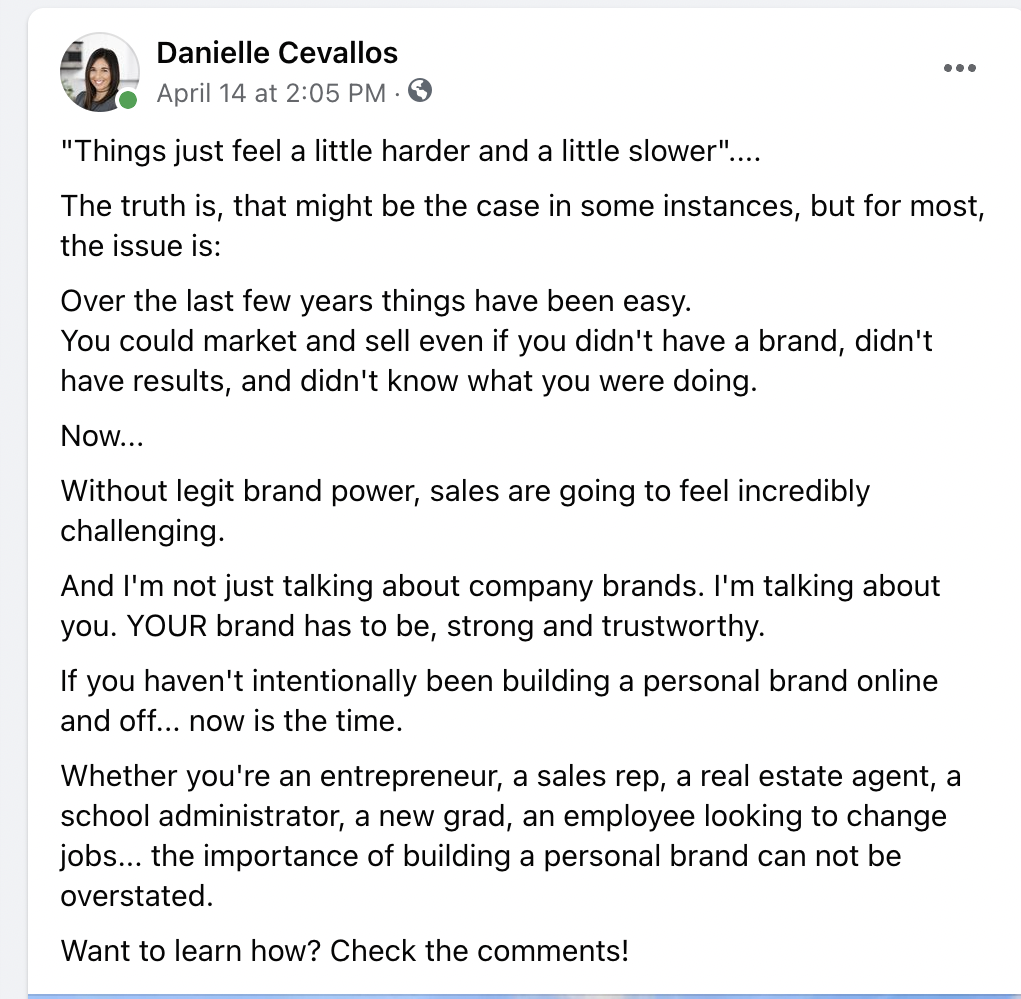Potential customers are out there, ready for you to go out there and just take them on a journey. They’re yours for the taking. You B2B marketers just need to hone in on your lead generation efforts in social media marketing. Yes, search engines will garner great results – especially with effective SEO strategies on your blog posts or a landing page. Yet, leads on social media (and the inherent ongoing process of social media lead generation) are your ticket to build meaningful relationships, maximize profits, and help people achieve their goals simply by existing on your social media platform of choice.
Let’s explore three effective techniques to transform your social media content into lucrative opportunities. By employing the right strategies in any lead generation campaign, regardless of your product or service, you can attract leads, generate sales, and enhance brand visibility.
Let’s delve into three proven lead generation strategies that have yielded impressive results in how to generate leads in sales.
The Indirect Positioning Post:
In this case study, we examine the success of Ashlyn, an account manager in our agency. Despite having a modest following, her post managed to generate four inbound calls, all without a call to action. Let’s analyze the key components behind its effectiveness.
Hook: Ashlyn chose a compelling topic for her post, explicitly stating the value proposition. By revealing how a single post generated $48k, she immediately piques the interest of her audience.
Bullets: Keeping the steps concise and straightforward, Ashlyn presents easily digestible content. The simplicity of her approach makes it accessible and encourages readers to believe in their ability to replicate her success.
The Secret Sauce: Ashlyn’s post stands out because she positioned herself as the source of the success. By starting with the line, “4 things I did,” and complementing it with a powerful tagline in her profile, she establishes credibility and trust. This strategic self-positioning, combined with the agency’s service offerings mentioned in her bio, convinces readers that tangible results can be achieved with their help.
Result: Ashlyn’s well-crafted post resulted in the booking of four calls, validating the effectiveness of her approach.

The Feeling Post:
In this example, we examine a post that generated direct sales for a lower-priced personal branding course. By leveraging emotional connection and expert diagnosis, this post effectively led readers to make a purchase.
Hook: Rather than merely presenting the problem, the post repositions it as a relatable feeling. By tapping into the reader’s emotions and creating a sense of connection, the post immediately captures their attention.
Reposition/Diagnose: The post validates the reader’s emotions while introducing a new problem for consideration. By diagnosing the issue, trust is built, and readers are encouraged to view the post as a means of finding a solution rather than dwelling on the problem.
Offer New Solution: Once the problem is diagnosed, the post presents a quick and simple solution. It avoids complexity and instead focuses on providing actionable steps to address the issue effectively.
Call-to-Action (CTA): The post’s CTA is crafted to maintain curiosity and encourage engagement. A link in the comment section directs interested individuals to a detailed outline of the personal brand intensive course, seamlessly leading them towards conversion.
Result: This carefully designed post resulted in significant sales and contributed to a growing number of individuals successfully building their personal brands.

Honest Scarcity:
In this case, we analyze a post that generated inquiries for a high-priced VIP day offer. By leveraging genuine scarcity and understanding the target audience’s needs, the post effectively attracted qualified leads.
Hook: The post clearly identifies its target audience—those seeking scalable solutions without committing to a long-term coaching program. This tailored approach resonates with a specific subset of the market, addressing their unique requirements.
Casting Vision: The post employs flame bullets to allow readers to envision the potential applications of the VIP day offer. By highlighting specific areas where support is needed, potential clients are compelled to inquire for more information.
Qualifying: The use of little rocket ships in the post acts as a qualifier, attracting individuals who are willing to invest significantly for an intense, all-encompassing plan. The requirement for self-implementation further filters out uninterested parties, ensuring the inquiries received are from ideal prospects.
Frame the Investment: The post reframes the investment as an opportunity for substantial return on investment (ROI), rather than merely emphasizing the cost. This shift in perspective positions the offer as a strategic business decision, appealing to those seeking tangible results.
Result: The post successfully drove inquiries for the exclusive $25k VIP day offer, targeting the right audience and emphasizing the potential ROI.
By implementing these strategies in your social media posts, you can significantly improve their conversion rates. Crafting engaging hooks, presenting solutions clearly, and leveraging audience understanding are key elements for success.
Remember, effective social media content can not only increase your brand’s reach but also convert leads into valuable customers.


